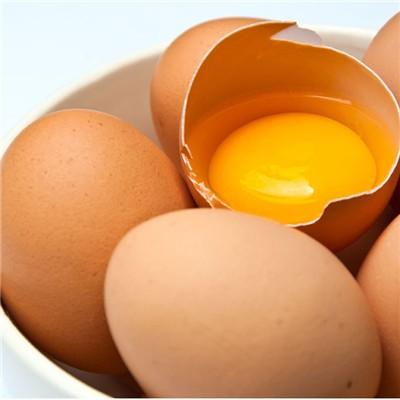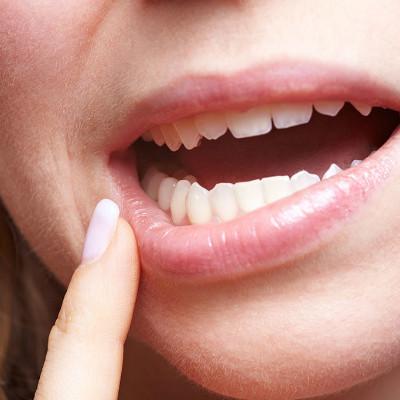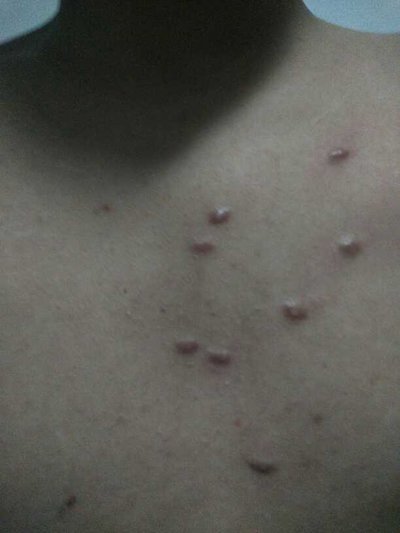What are the characteristics of otitis media
summary
Both ears are stuffy and swollen, with blockage, no pain, no tinnitus, but hearing loss, symptoms for a week. In the last two days, there was slight nasal congestion, but there was no nasal disease. The doctor's initial diagnosis was secretory otitis media. After taking the medicine for 2 days, I obviously feel that it has improved. Let me share with you the experience of the characteristics of otitis media.
What are the characteristics of otitis media
Symptom 1: chronic suppurative otitis media: chronic suppurative otitis media is characterized by long-term intermittent or continuous suppurations, perforation of tympanic membrane and hearing loss.
Symptom 2: otitis media with bone abscess: it is mostly caused by acute necrotizing otitis media, and the ear abscess is mostly persistent, with blood filaments between the purulent and often stinking. Large tympanic membrane tension perforation may involve tympanic ring or marginal perforation. There are granulations or polyps in the tympanic cavity, which can protrude to the external auditory canal through perforation. The conductive deafness was severe. The X-ray film of mastoid process showed sclerotic type or barrier type with bone defect.
Symptom 3: cholesteatoma otitis media: ear long-term persistent pus, a special stench, tympanic membrane relaxation or tension after the upper edge of perforation. From the perforation, it can be seen that there are gray white scale like or bean dregs like substances in the tympanic chamber, which are very smelly.
matters needing attention
It is suggested that you should pay attention to the incorrect method of blowing your nose. When some people blow their nose, they often pinch both sides of the wings of the nose with two fingers and blow it out with force. This method of blowing nose not only can't blow out the nose completely, but also is very dangerous. There are a lot of viruses and bacteria in the nose. If both nostrils are pinched and forced to blow, the pressure will force the nose to squeeze out to the posterior nostril and reach the eustachian tube, causing otitis media.













